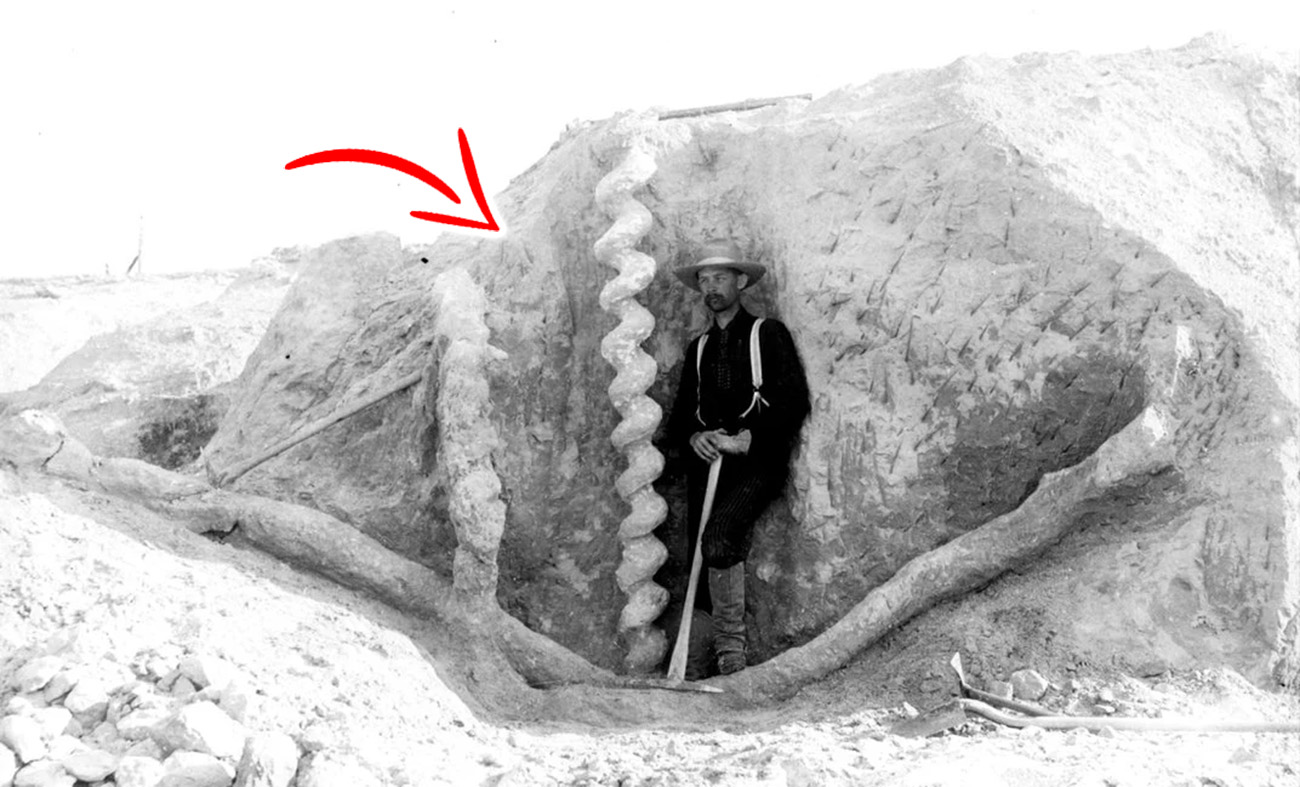The Mystery of the Devil’s Corkscrews; Nebraska’S Giant Spirals

The Surprising Origins of Nebraska’s Enigmatic Spirals
Discover the astonishing truth behind the Devil’s Corkscrews, long considered an unsolvable mystery in the Sioux Country of Nebraska. Learn how prehistoric beavers hold the key to understanding these enigmatic spirals.
Unveiling the Enigma of Devil’s Corkscrews
For years, the Devil’s Corkscrews in Nebraska’s Sioux Country have puzzled scientists and left locals speculating about their origins. Who could have created these mathematically precise spirals, some reaching an impressive 15 feet in length and dating back 15 to 30 million years?
The Anatomy of a Devil’s Corkscrew
A typical Devil’s Corkscrew features two distinct components: the spiral itself and a large “root” that branches from the bottom of the formation. Found within a 500-square-mile area in Nebraska, millions of these curious structures emerge from the sandstone, comprised of quartz.
A Mysterious Discovery in 1894
The spirals first came to light in 1894 when an expedition in search of fossils stumbled upon them in the Badlands of Wyoming and Nebraska’s Rocky Mountains. Paleontologist Professor Barbour dubbed them “Daemonelix,” but without a clear explanation, they were soon attributed to the Devil’s handiwork.
As speculation grew, people turned to supernatural explanations for the spirals’ existence. Dubbed “fossil twisters,” various theories emerged, from petrified vines to enormous fossil worms, but none seemed entirely satisfactory. Some even proposed the idea that these enigmatic structures were the ultimate evidence of advanced ancient civilizations existing on the planet millions of years ago.
The Startling Truth: Prehistoric Beavers
But it wasn’t aliens or advanced, long-lost civilizations. In a surprising twist, scientists discovered that the Devil’s Corkscrews were the work of a prehistoric beaver known as Palaeocastor. These creatures lived in the North American Badlands during the late Oligocene period and were responsible for creating the corkscrew-shaped burrows and tunnels in the earth.
Revealing the Unique Burrowing Technique
Palaeocastor beavers constructed their vertical corkscrew burrows with side chambers for nesting, latrines, and water drainage. When these burrows were abandoned, tree roots invaded the empty spaces and eventually fossilized, leaving behind the enigmatic spirals we see today.
Visit the Agate Fossil Beds National Monument
Witness the fascinating Devil’s Corkscrews for yourself at the Agate Fossil Beds National Monument on the Niobrara River in northwestern Nebraska, where these ancient remnants of prehistoric beaver activity continue to captivate visitors.
Related Post
A shocking documentary proves that mermaids do exist
SHOCKING Revelation: Thuya, Mother of Queen Tiye, Was the Grandmother of Akhenaten and Tutankhamun—What Ancient Egyptian Secrets Did She Leave Behind?
Breaking News: Astonishing Discoveries at Karahan Tepe Confirm an Extraterrestrial Civilization is Hiding on Earth, and NO ONE Knows!
Breaking News: Researchers FINALLY Discover U.S. Navy Flight 19 After 75 Years Lost in the Bermuda Triangle!
NASA’s Secret Investigation: Uncovering the Astonishing Mystery of the UFO Crash on the Mountain!
Explosive UFO Docs LEAKED: Startling Proof That Aliens Ruled Ancient Egypt!
